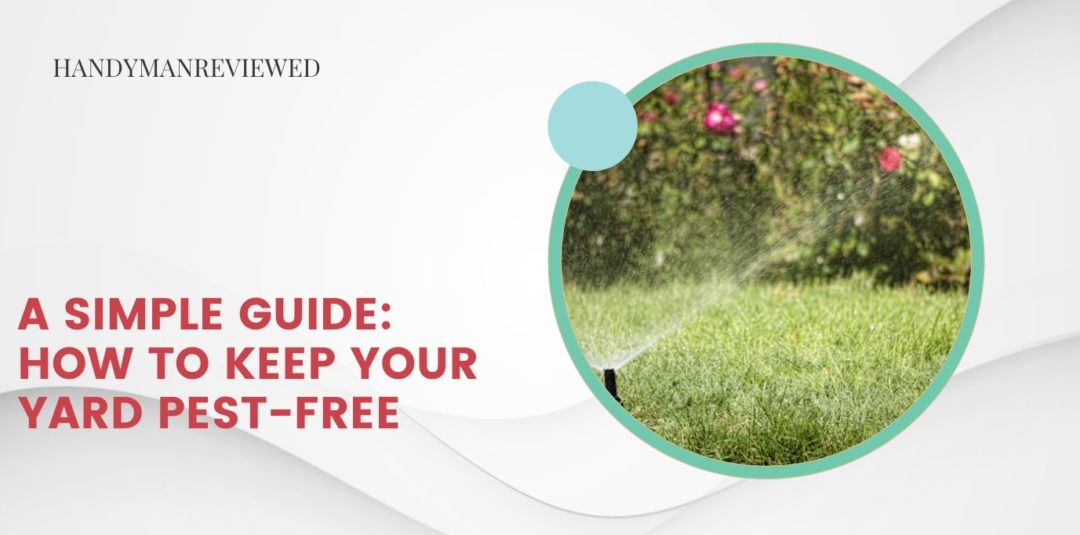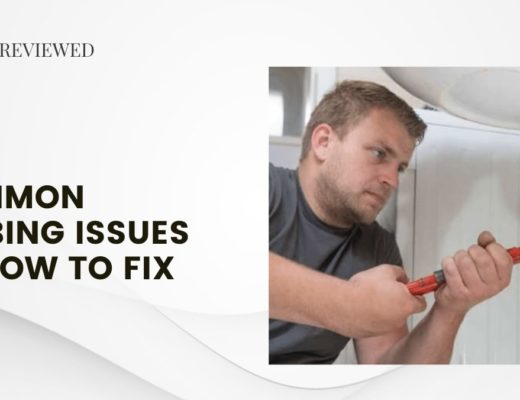Find it difficult to get rid of the pests in your yard? To be honest, it’s not easy to do, especially when these creatures keep spawning and destroying your plants and flowers.
What’s more, having very small or no experience in gardening hinders you from your goal. Fortunately, we have written a guide on keeping your yard pest-free here.
So, we’ll list down simple tips and advice for you to follow to restore your lawn to its former glory and look welcoming to your family and guests. Read on to know them!
1) Maintain a healthy soil
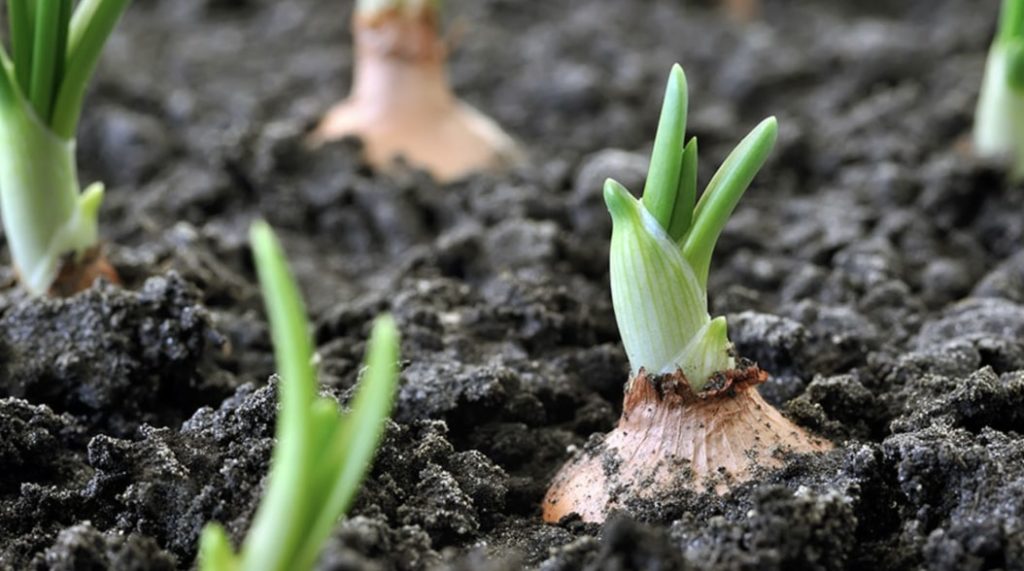
Your yard’s health can be known by performing soil analysis. Poor soil health is often the reason why a homeowner’s lawn is crawling with nasty pests.
For this, you would need to obtain a small soil sample in the general and problematic areas of your lawn and send them to the governing body’s laboratory.
Soon, they should be able to get back to you. They will show you their report and suggest ways in terms of nutrient needs in which you can make your soil healthier for the grass that you grow above it.
2) Buy local and healthy seeds
Each seed thrives well in a certain environment. So, before purchasing yours in a nursery, choose healthy, quality, and native species even though they cost more.
The return on this would be more wonderful and verdant greenery compared to if you buy inferior ones.
However, if you are clueless as to which seed to buy, you can do some digging online or ask a lawn care expert at the store.
Another thing to know is that not all pests are bad. Good pests include ladybugs (how beautiful they are), dragonflies, lacewings, and stinkbugs, whereas among the bad pests are slugs, boxelder bugs, cucumber beetle, to name some.
3) Block your garden
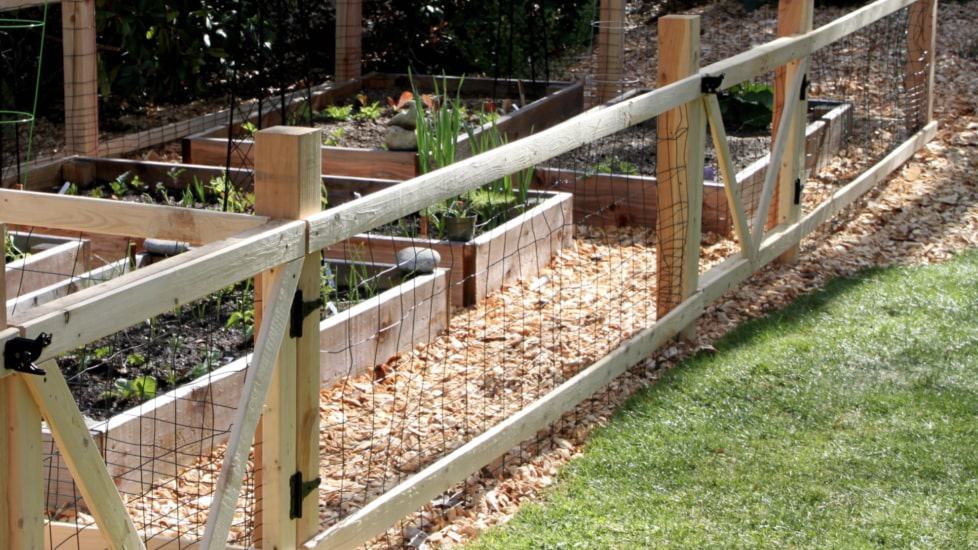
Blocking your garden is another simple, non-toxic way of preventing pests like deer, squirrels, or other animals from feeding on your yard.
You can consider installing a garden cover or fencing around it. However, the second option would require professional skills, and thus, you may need to hire an expert to do the job.
Furthermore, you may want to raise the bed of your garden and include a mesh base so that underground pests won’t reach them. A raised bed structure can be made out of concrete blocks, wood, stone, or brick.
4) Get rid of pests manually
If you sight any snails and slugs on your lawn, you can simply remove or even compost them, which will be good for your landscaping and the environment.
The great thing about this method is it’s all-natural. You won’t need to use any pesticide whose toxic chemicals can ironically work against plants.
Note, however, that this manual method only fits those with a small yard and garden. Of course, for bigger ones, it would be almost impossible to clear all the pests by yourself and be certain about it.
Speaking of which, you may want to use neem oil to get rid of all sorts of pests on your lawn. It’s an organic insecticide that’s safe and harmless to plants, animals, and humans.
To use, you simply need to mix it in water and spray at the affected plants to kill the culprits and prevent future pest issues.
5) Use diatomaceous earth
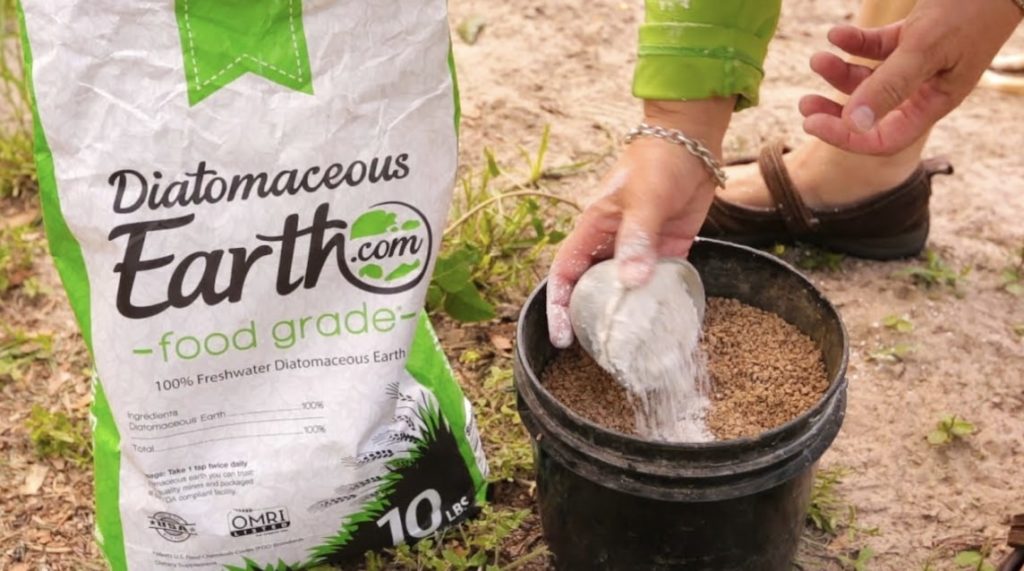
Created from the remains of freshwater algae called diatoms, diatomaceous earth (DE) is an effective solution to ward off crawling pests in your yard.
DE kills crawling insects by drying their exoskeletons out or puncturing their bodies when consumed. As such, you would have to pick or clean them up once that happens.
Note that this substance is safe to use on all plants in your yard or garden. So if you see a group of pests feasting on a plant, you can apply or spray it on them.
That said, remember to keep the powder dry so that its absorbent properties remain effective. Also, always wear a dust mask, protective goggles, and gloves whenever you use DE to protect your lungs, skin, and eyes.

